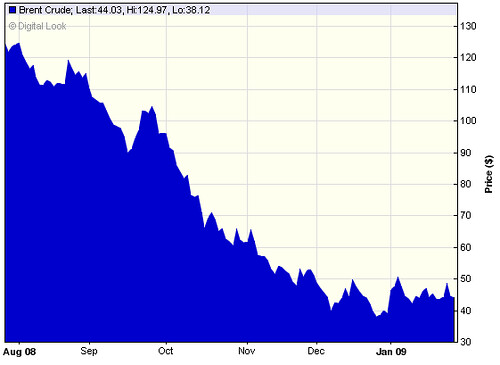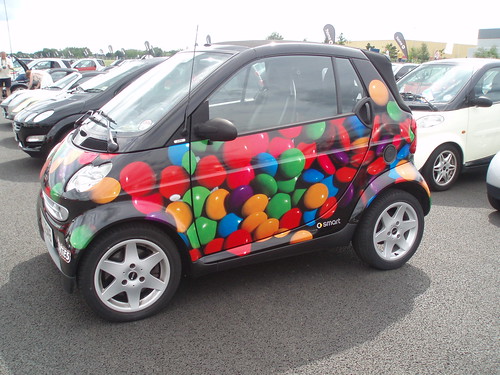A war on short yellow – Wall Street Journal Op-Ed visits the darkside of red-light enforcement
(Source: Wall Street Journal)
A Journal front-pager recently noted an Arizona man charged with attacking a freeway speed camera with a pick ax. Here’s the rest of the story: He was fined $3,500, not given a parade.
But don’t despair. We still live in a democracy. One Arizona sheriff recently proved you could get elected by opposing speed cameras. Meanwhile, the state legislature is considering bills to dismantle the system created by Gov. Janet Napolitano when she faced a gaping budget deficit, before she escaped to the Obama Department of Homeland Security. Petitioners in Arizona are also gathering signatures to put the question directly before voters — speed cameras have never won when submitted to voters.
Even the Scottsdale City Council recently voted not to oppose the anti-camera bills in the state legislature.
Why is this important? Because Arizona, specifically Scottsdale, is home to the two biggest companies, American Traffic Solutions and Redflex Traffic Systems, in the incestuous world of promoting and operating traffic cameras for revenue-hungry governments.
Laid to rest long ago should have been the pretense that the goal is “safety,” not chasing cash. New York State, sinking under budget shortfalls, last week authorized a batch of new red-light cameras around the state. A recent investigation by the Detroit News showed that even conventional ticket-writing is driven by revenue needs. Said one cop: “When you’re being told how many tickets you need to write, to me that’s a quota.”
Consider: Red-light running and speeding, the two main uses of traffic cameras, are implicated in fewer than 8% of accidents. A far more prevalent cause of nondrunken accidents is driver inattention — one study estimated, in a typical case the driver’s eyes are diverted from the road for a full three seconds or more, fidgeting with a cellphone, disciplining the kids in the back seat, snoozing, blotting up spilled coffee, etc.
What’s more, if not for the idiotic diversion of research dollars to fuel economy, the most highly touted auto-industry breakthroughs today would be exactly in this area. Available now or coming soon are devices that warn a driver when he’s wandering out of his lane or when another car is in his blind spot, even applying the brakes to prevent a collision.
Even defenders of photo enforcement acknowledge studies showing that red-light cameras (which are designed to be conspicuous to motorists) lead to an increase in rear-end collisions as drivers slam on the brakes. Defenders claim the trade-off is still a net gain because of reduced deadly T-bones in the middle of the intersection. But the real lesson may be that both types of accidents would be reduced by a longer yellow.
Click here to read the entire story.








 (Source:
(Source: 